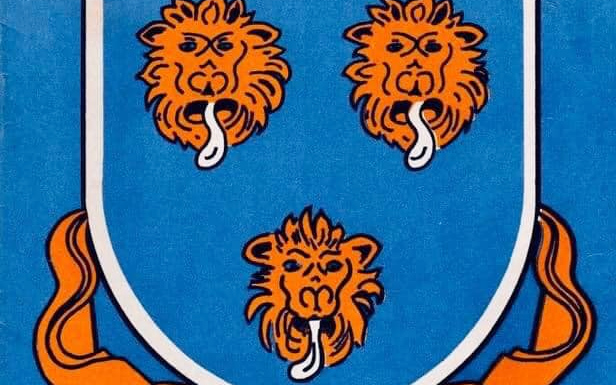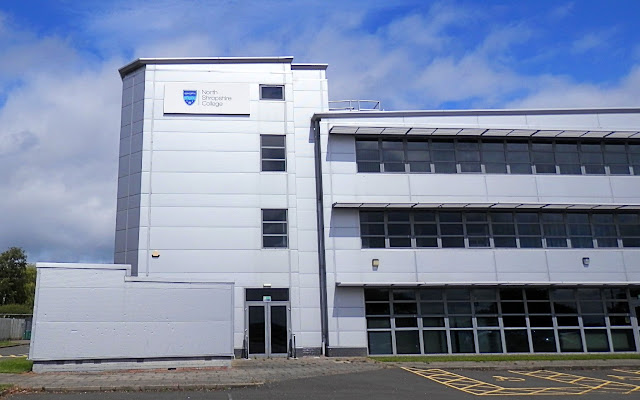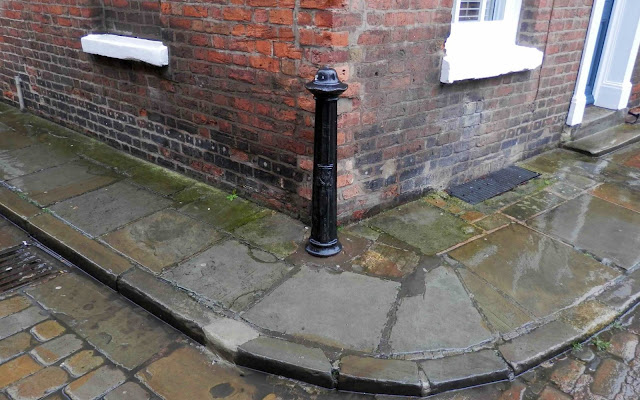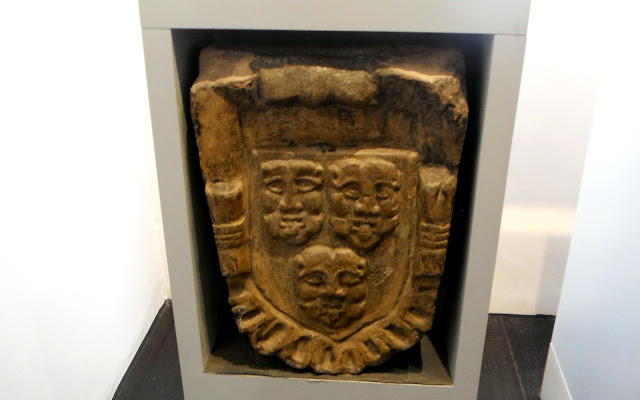
Some help please! Of what organisation or family are these arms featuring loggerheads?
You’ll find these two windows in Church Street in Shrewsbury, an old cobbled street that links St Mary’s and St Alkmund’s churches.
By coincidence, the windows face the old Loggerheads Public House, a hostelry that doesn’t seem to have changed much in its hundreds of years of existence.
The windows are in an equally ancient building, the Prince Rupert Hotel, so called because the king’s military commander – Prince Rupert – stayed there in the seventeenth century.
No one is suggesting the windows are that old, but it’s a nice connection.
The windows contain two shields with loggerheads in them: one is a set of three black-faced ones with a chevron device; the other a single one (with the more traditional gold face on a blue background) on a cross.
However – heraldry enthusiasts that I’ve spoken to don’t recognize the two shields here.
Clearly, the presence of loggerheads in them suggests Shrewsbury connections – but can anyone identify them? +
To comment on this post, just use the Comments field down this page or email us direct.
To
get an email alert into your inbox every time we make a new post (about
once a week), just click 'Subscribe & Follow' (at the top of the
column to the right on this page) and just fill in the form

















